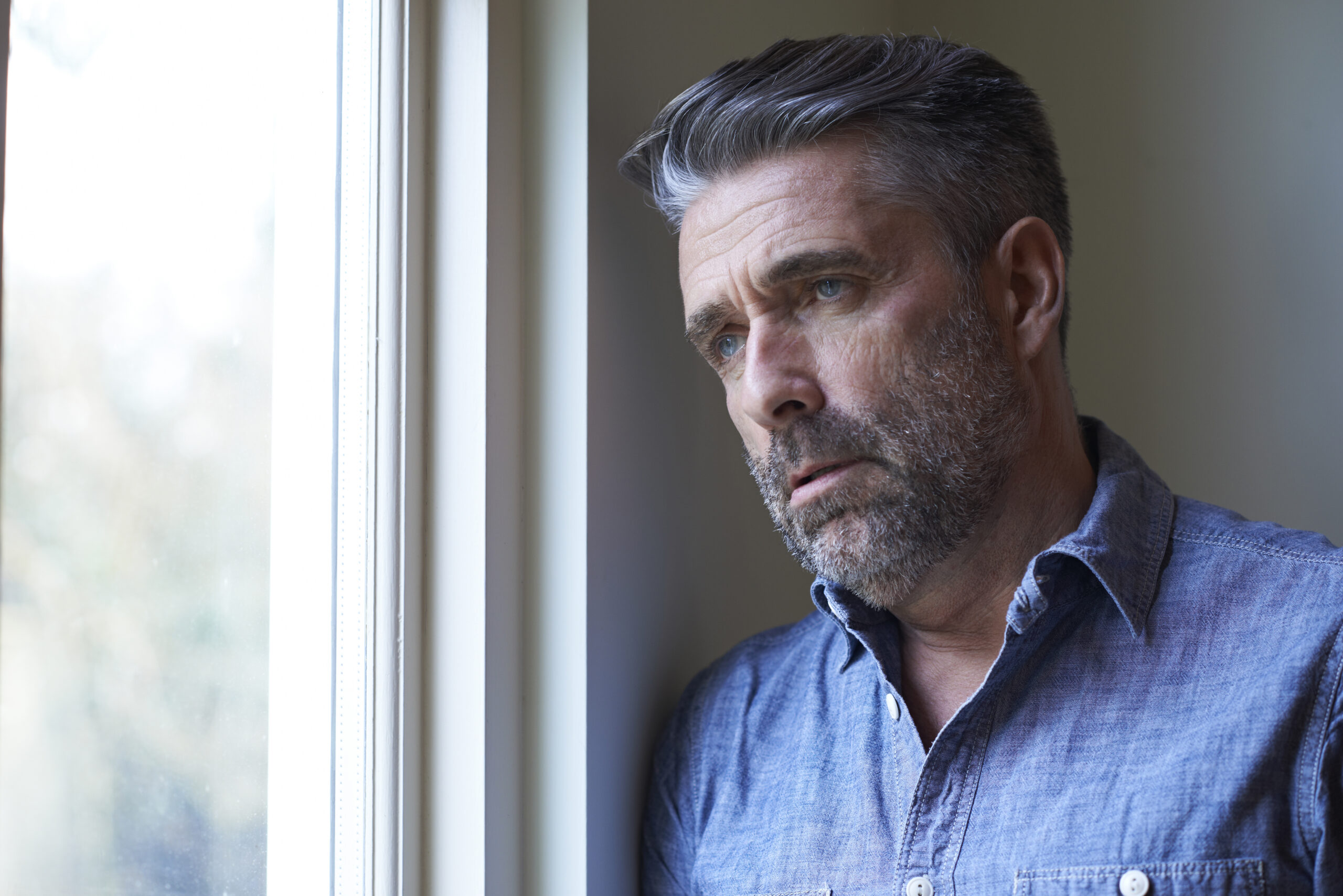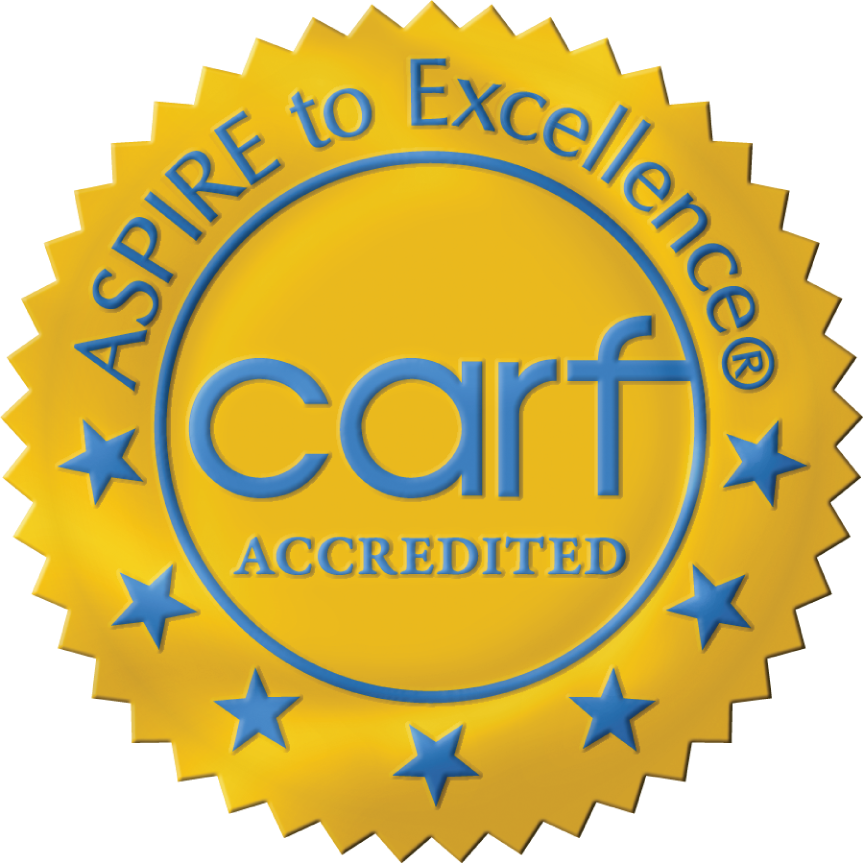
Runner’s High: It’s Real and Can Help People in Recovery Stay Sober
The benefits of exercise are well known and well accepted. A mountain of evidence shows that physical activity improves heart and circulatory health, strengthens muscles and boosts the mood. Exercise therapy also helps prevent some of the signs of aging, from warding off cognitive declines to boosting bone health.
Exercise Therapy and Its Benefits
Exercise is good for so many aspects of health – including recovery from drug and alcohol addiction. Research shows exercise therapy for people in treatment for alcohol and drug abuse not only helps people regain their strength and fitness, but can reduce relapse by:
- Reducing withdrawal symptoms
- Decreasing cravings
- Alleviating depression and anxiety
- Enhancing mood and reducing irritability
- Improving self-esteem and confidence
- Improving response to stress
- Repairing damage to the brain
Studies provide evidence of the positive effects of exercise on substance use disorders. A lot of times people will relapse on substances because they have anxiety, or depression, or other mental health issues that are overlapping or emerging in their early recovery. They are used to numbing out their feelings. The more exercise a person does, the more they can effectively manage these mental health issues.
How Exercise Therapy Benefits the Recovering Brain
You’ve probably heard of the runner’s high, that natural boost of energy and positive vibes that keep people chugging along mile after mile, even through sweat, fatigue and aching muscles.
Brain scans show that the runner’s high is real. Exercise activates the same reward pathways as drugs, and increases concentrations of the neurotransmitters serotonin and dopamine, which are associated with the brain’s pleasure and reward system. In chronic drug and alcohol users, there is a paucity of dopamine receptors. Exercise has been shown to increase those receptors in the brain.
Not only does exercise provide a boost in the short-term, it has long-term benefits for brain health and healing after addiction. Exercise repairs area of the brain damaged by drug abuse through a process called neurogenesis, or nerve cell growth. Research has shown exercise helps with nerve re-growth in the hippocampus, an area of the brain involved with memories and emotions, and the prefrontal cortex, which is involved in executive function and decision-making.
Studies Support Exercise Therapy in Addiction Treatment
Other research indicates that the positive changes happening in the brain translate into people feeling better, more motivated and better equipped to resist slipping back into drug or alcohol use. A study published in Scientific World Journal reviewed nine randomized controlled trials that used exercise therapy as part of treatment for people for illicit drug use (such as methamphetamine, cocaine and heroin) and eight studies which examined the use of exercise in the treatment of people with alcohol addiction.
Six out of six studies that looked at abstinence rates in people who used illicit drugs found lower rates of relapse in those who exercised than in those who didn’t. Five out of five studies that looked at mental health found lower rates of depression and anxiety, and higher reported self-esteem in those who exercised than in those who were sedentary.
Among the studies involving people with alcohol addiction, four out of six showed lower relapse rates among those who exercised; four out of six showed improvements in depression, anxiety and self-esteem; and eight out of eight found people had improved fitness levels.
Research also shows that even short periods exercise – say, 10 minutes on a stationary bike – can cut down on acute cravings. This can provide just enough of relief to help people through those moments without returning to drug or alcohol use.
Exercise has the same benefits for recovering addicts as is does for others – it can improve sleep quality, and make people feel more energized.
Sleeping is very difficult for a lot of people when they first come into rehab. Getting up and moving early in the day, stretching and getting their heart rate up, helps them to relax. Then they find they start to sleep better.
Making Exercise Part of a Healthy Routine
Recovery counselors teach the importance of finding activities that offer meaning and enjoyment in sobriety. Exercise provides that outlet, whether that’s taking up a new sport, getting together with friends to walk or play tennis, or becoming devoted to a particular gym or yoga studio.
While some may prefer exercise to be a meditative time, others find that exercising in groups helps forge bonds of friendship. Joining a group training to run a 5K, or belonging to a co-ed softball team, can help build a social support network that’s so important to recovery.
Exercise helps people set goals, shows that effort yields rewards over time and reconnects people with their positive self.
Tips for Working out in Recovery
- Take it slow to start. If you haven’t exercised in a while, go easy and listen to your body. People in recovery may have significant medical issues due to past drug and alcohol use. For those with injuries or serious chronic medical conditions, start with gentle movements, and gradually increase intensity through moderate activity that includes aerobic activity and light weights or resistance training. A reasonable place to start might be 30 minutes of walking or jogging, three times a week or more if you can.
- Find something you enjoy. A study in Mental Health and Physical Activity found that 77% of people in recovery chose walking as their preferred activity, followed by strength training (37%). Walking is great exercise. Go for it!
- Decide if you prefer working out in a group or by yourself. Some like the social aspects of group activities, which leaves them feeling energized and opens up the opportunity to make friends. Some prefer a solitary activity that gives you time to think, reflect and be alone with your thoughts. You might prefer something different on different days, and that’s OK too!
- Find an exercise buddy. You can keep each other accountable. Also, knowing that a friend is waiting can help keep you motivated to show up.
- If you feel stressed, frustrated or angry, get moving. Work and family responsibilities may make it difficult to do organized exercise every day. If you’re feeling anxious, frustrated or overwhelmed, try taking a quick walk. Sometimes that’s just enough for those feelings to lift and to get you through it.








